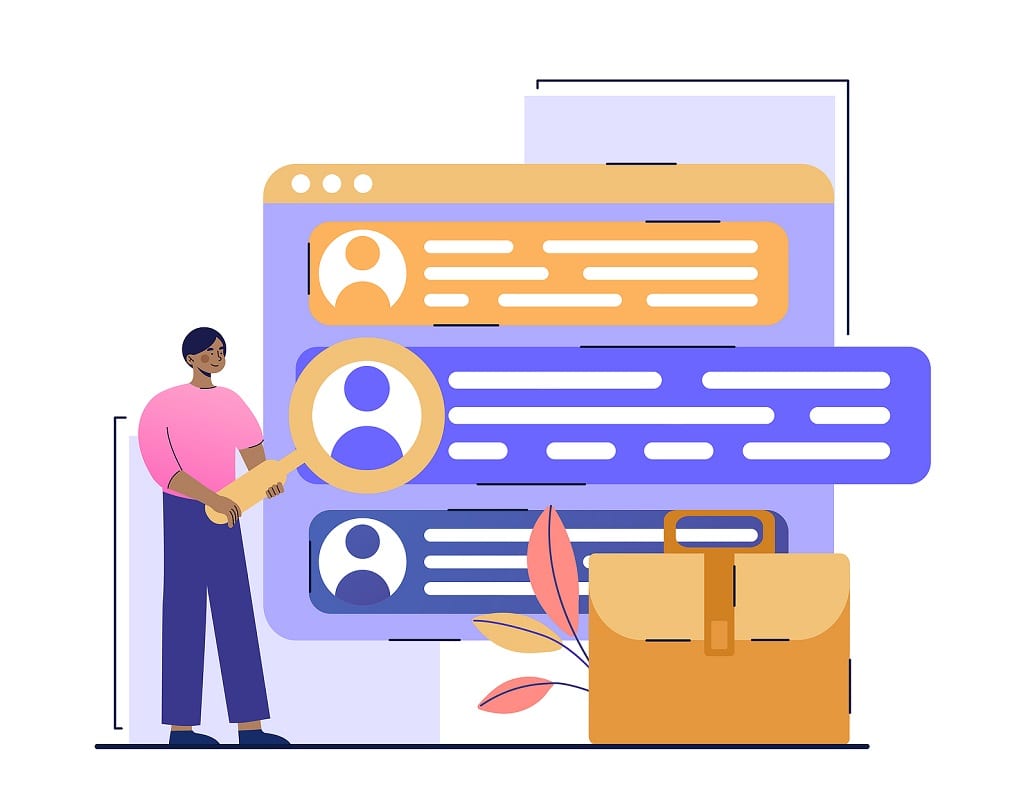Myth-Busting: The Truth About Validity in Hiring Assessments

The term “validity” may sound vaguely familiar to some of us from a high school statistics class. But for most of us, validity is a new concept that often comes with some quick assumptions that can quickly turn into unspoken myths.
Validity is the evidence that the results of a test or other decision-making tool mean what they are intended to convey. In other words, validity is the data showing that an assessment works as advertised. Validation is the process of gathering evidence.
A hiring assessment must have data to show that the results are job-related for the assessment to be valid. For example, a valid hiring assessment might be a coding skills measurement for a software developer position or an interview question measuring the persuasion abilities of a salesperson.
Not only is validity important for making good hiring decisions, but failing to validate a hiring assessment can lead to regrettable outcomes, such as legal challenges and bad PR for your employment brand. Poor decisions from inaccurate or non-job-related hiring methods can cripple your hiring process and business growth through increased recruiting costs, higher turnover, and lower productivity.
In our experience, most leaders and hiring decision-makers quickly grasp the importance of validity, but to understand and move on, they make some wrong assumptions. When these assumptions are ignored or shared broadly, they can become myths that prevent companies from embracing validity and validation as essential considerations in their hiring processes. To help make sure that doesn’t happen, we wanted to bust the most common myths about validity.
Myth #1. “Validity only matters if you use an assessment.”
Employers learning about validity for the first time often assume it’s only essential for assessments. However, the Uniform Guidelines on Employee Selection Procedures (UGESP), drafted in 1978, set the Equal Employment Opportunity Commission’s (EEOC) standards and methods for determining whether a hiring practice is discriminatory. The UGESP keeps U.S. employers accountable when hiring individuals from minority groups protected by Title VII of the Civil Rights Act of 1964 and the court cases.
What’s important here is that the UGESP applies to “all selection procedures used to make employment decisions, including interviews, review of experience or education from application forms, work samples, physical requirements, and evaluations of performance” (UGESP, Section 16).
Which of these procedures does your organization use? Of course, most hiring processes use decision aids that fall under the UGESP’s purview. This means that even if you used a dance contest to make a hiring decision for an investment banker (don’t do this, by the way), it must be validated to comply with the UGESP.
Myth #2. “Validation can wait.”
When validation is brought up, many people think it is a compliance issue for big companies to worry about. Well, the EEOC would beg to differ. The EEOC is a federal agency that enforces anti-discrimination laws in the U.S. for all companies with more than 15 employees.
Without validation evidence on the books, organizations lack protection if their hiring processes are ever legally challenged. A 2013 study found that 90% of employers who had personnel decisions taken to trial lost their case, with an average payout of $1.5 million. The moral of the story? Collect validity evidence beforehand to avoid costly legal challenges.
Myth #3. “Validity is something for the vendor to worry about.”
Though it may be in the vendor’s best interest to collect validity evidence for their hiring tools, the employer is ultimately responsible for the decisions that come from selection procedures.
Not only that, employers who invest in validation efforts also gain two competitive advantages. First, having validity evidence is helpful for organizations striving to hire a diverse workforce fairly. Second, using a testing system that shows strong validity evidence can give employers the confidence that they’re hiring the best candidates.
Valid hiring tools for choosing job candidates lead to increased productivity and engagement once those candidates become employees. Likewise, job-related hiring procedures increase how fairly job candidates feel they are being treated during the application process. Therefore, employers who leave validation to their vendors are not only opening themselves up to legal challenges; they’re also missing out on the business case for evidence-based hiring.
Ultimately, validation is a crucial ingredient to successful hiring, so it is crucial that these “validity myths” get busted. The sooner employers hop on the validation train, the better their hiring decisions will be, and, as a result, the more potential for success their organizations will have.
Neil Morelli,Ph.D., is the Chief Industrial-Organizational Psychologist at Codility.
Maia Whelan , M.S. isan organizational scientist and assessment practice consultant.
Get the top recruiting news and insights delivered to your inbox every week. Sign up for the Recruiter Today newsletter.

